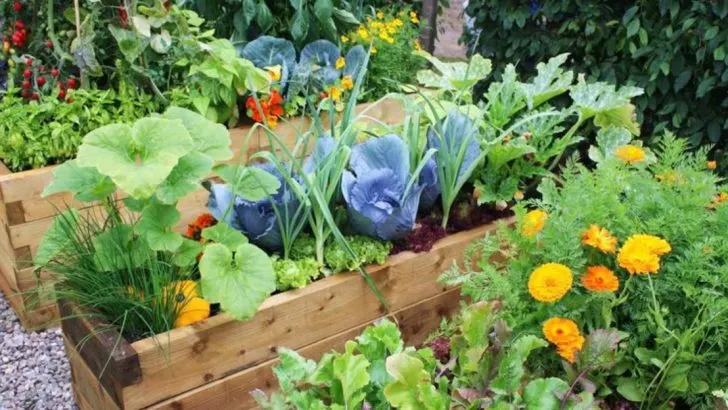Gardening doesn’t have to be a time-consuming or labor-intensive hobby. With a few smart shortcuts, you can enjoy a thriving garden without spending endless hours on upkeep. Whether you’re a beginner or an experienced gardener, these tips will help you save time while still reaping the rewards of a lush, healthy garden.
In this article, we’ll share 20 gardening shortcuts that are proven to work. From easy planting techniques to time-saving tools, these strategies will make your gardening experience more efficient and enjoyable.
With these tips, you’ll be able to maximize your garden’s potential without breaking your back. Get ready to grow smarter, not harder, and enjoy a beautiful garden with less effort!
Companion Planting
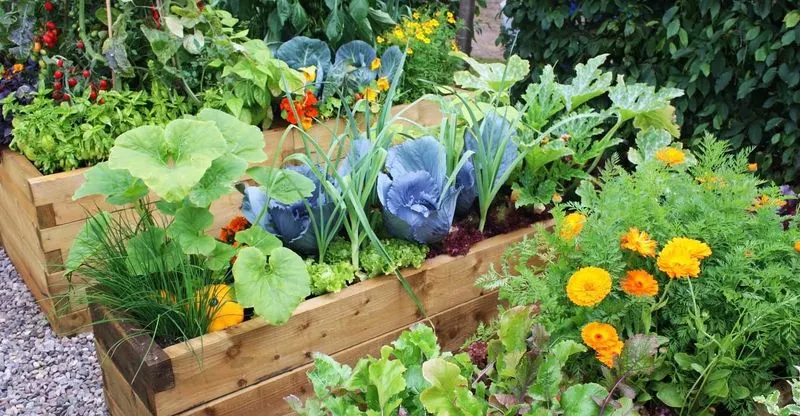
By strategically placing plants that benefit each other, you can enhance growth and reduce pests. Marigolds, for instance, deter some insects when planted with tomatoes. This method not only optimizes space but also supports a healthier garden ecosystem. Try combining basil with tomatoes for improved flavor and growth. The synergy between plants can minimize the need for chemical interventions, making your garden more sustainable. Companion planting is a natural way to boost your garden’s productivity while promoting biodiversity. It’s an ancient practice that modern gardeners can easily adopt.
Mulching Magic

Mulch is a gardener’s secret weapon against weeds and moisture loss. By covering the soil with organic materials like straw or wood chips, you retain moisture, suppress weeds, and improve soil health. This method allows you to water less frequently, saving time and resources. Mulch also adds a tidy appearance to garden beds. Additionally, as the mulch breaks down, it enriches the soil with nutrients. This simple step can transform your garden’s maintenance routine, making it more efficient and rewarding.
Self-Watering Containers
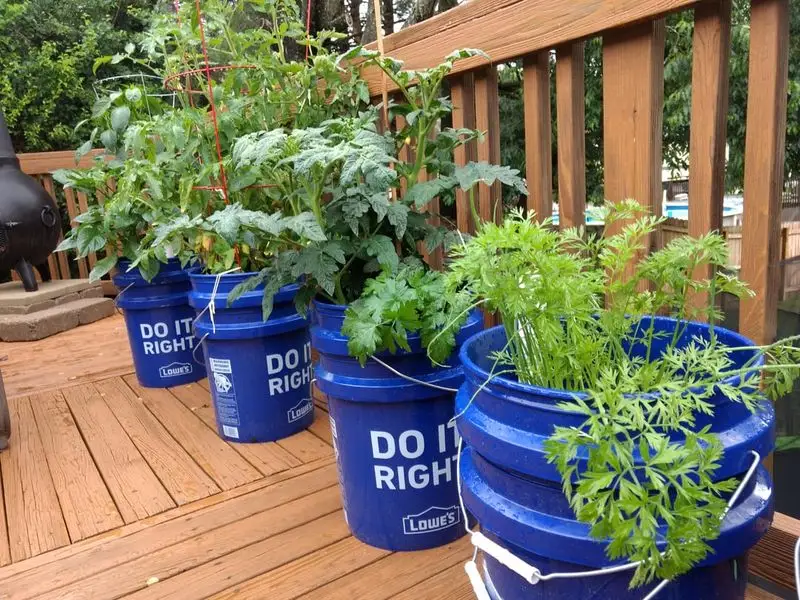
For those with limited time, self-watering containers are a blessing. These containers manage the moisture levels for your plants, ensuring they receive consistent hydration. Ideal for busy gardeners, they’re perfect for herbs, flowers, and even some vegetables. These containers often feature a reservoir that allows the plant to absorb water as needed, reducing the risk of over or under-watering. By maintaining optimal moisture levels, plants thrive with minimal intervention. This innovative solution is perfect for urban gardeners and those with hectic schedules.
Using Coffee Grounds
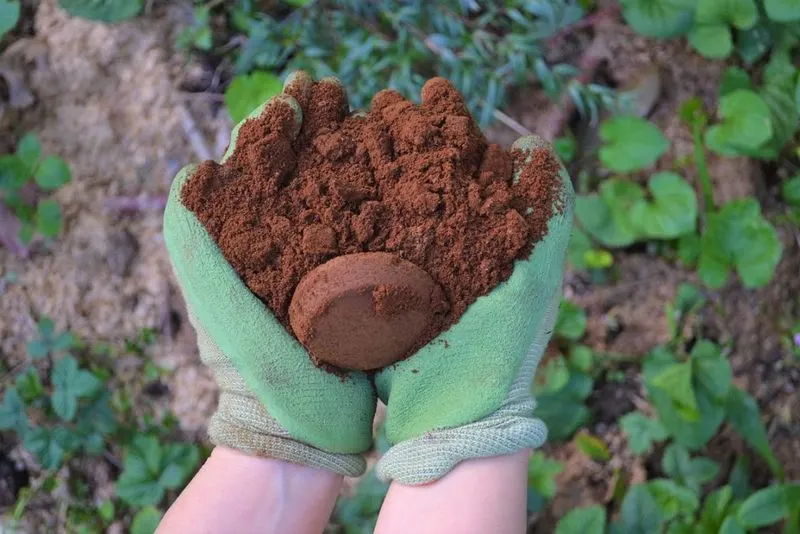
Don’t toss those coffee grounds; they’re garden gold! Rich in nitrogen, coffee grounds can enhance your soil’s fertility. Simply sprinkle them on the soil or add to your compost pile. They can also deter pests like slugs. The coarse texture improves soil aeration and drainage. Coffee grounds break down quickly, releasing nutrients that boost plant growth. This sustainable practice not only recycles waste but also enriches your garden. Whether for flowers or veggies, incorporating coffee grounds is an eco-friendly shortcut to healthier plants.
Eggshell Fertilizer

Eggshells, often discarded, are a powerhouse of calcium. Crushed and mixed into the soil, they strengthen plant cell walls, promoting growth. Their slow decomposition provides a steady nutrient release. Additionally, eggshells can deter pests like snails and slugs. With their sharp edges, they create barriers against these common garden invaders. Save your breakfast leftovers to enhance your garden’s health. This simple, natural fertilizer is a cost-effective way to enrich your soil. It’s an easy step that makes a noticeable difference in plant vigor.
Newspaper Weed Block
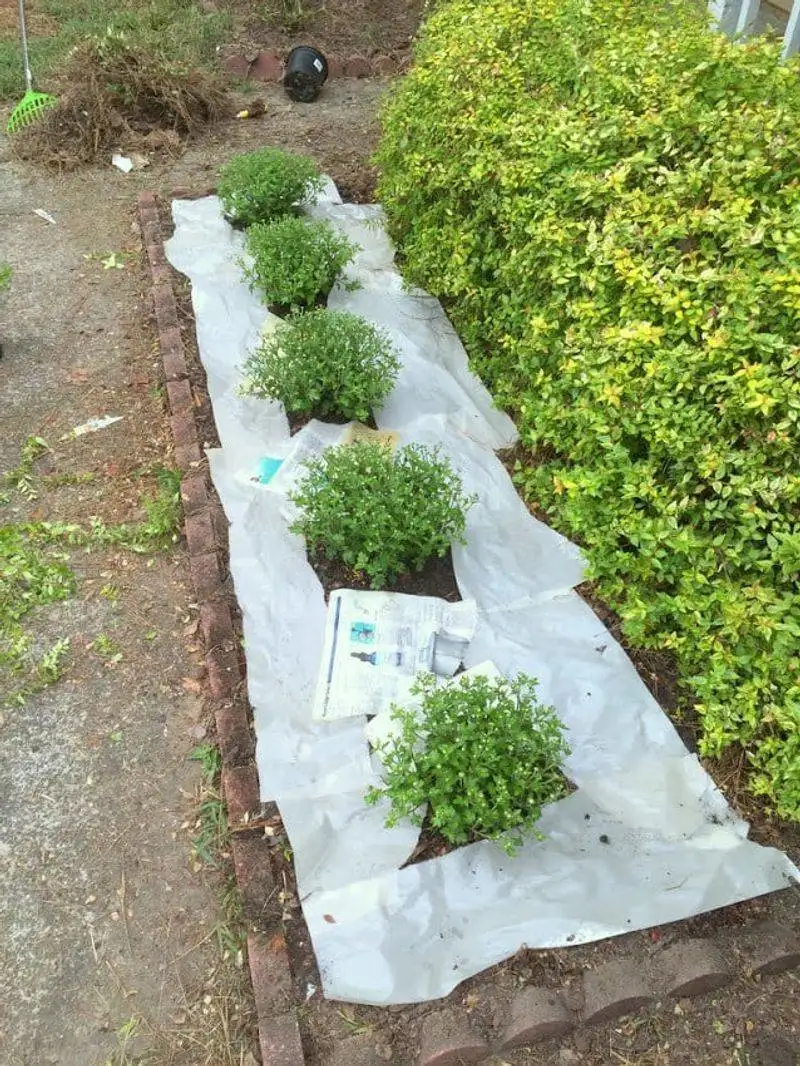
Unwanted weeds can sap nutrients from your plants. Combat them with layers of newspaper under mulch. This barrier blocks sunlight, preventing weed growth. The newspaper eventually decomposes, adding organic matter to the soil. It’s a budget-friendly solution that reduces the need for chemical herbicides. Simply lay sheets of newspaper over the soil, then cover with your choice of mulch. This method keeps your garden neat and reduces maintenance time. It’s an effective, eco-conscious way to maintain a weed-free garden.
Rain Barrel Collection

Harness nature’s generosity with a rain barrel. Collecting rainwater reduces your reliance on municipal water, conserving this precious resource. It’s ideal for watering during dry spells. By positioning a barrel under a downspout, you can capture significant rainfall. This water is often more beneficial for plants as it’s free of chemicals found in tap water. Investing in a rain barrel not only saves money but also supports sustainable gardening. It’s an environmentally-friendly approach that keeps your garden thriving.
Epsom Salt Boost
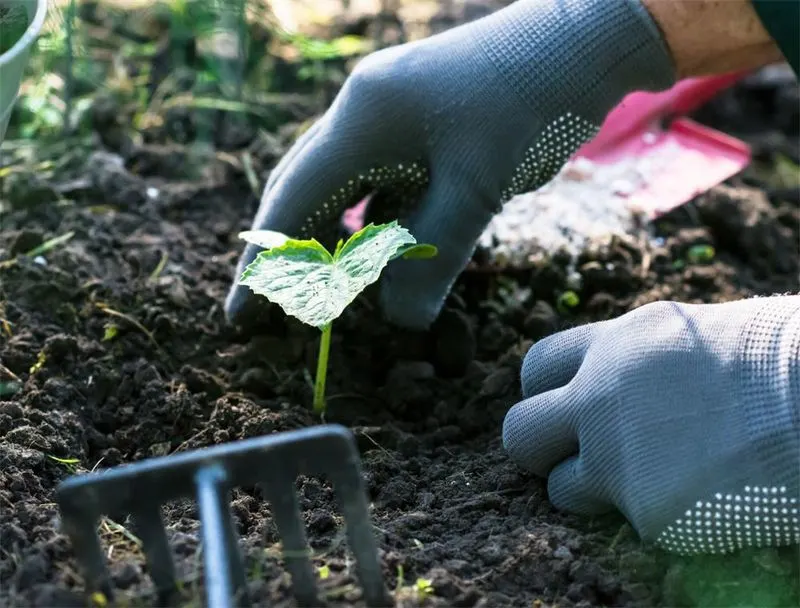
Epsom salt isn’t just for baths; it’s a garden enhancer. Rich in magnesium and sulfate, it supports plant health and enhances flavor in fruits like tomatoes. Dissolve in water and use as a foliar spray, or mix into the soil. This mineral boost can help overcome nutrient deficiencies. Tomatoes, peppers, and roses benefit greatly from Epsom salt. By improving nutrient uptake, it supports robust growth and vibrant blooms. It’s a simple, cost-effective addition to your gardening routine.
Drip Irrigation Efficiency
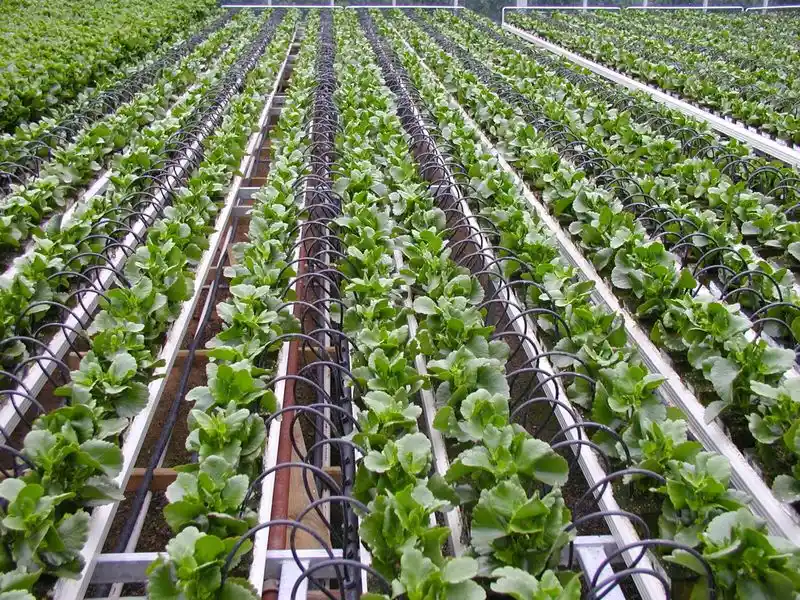
Drip irrigation systems deliver water directly to plant roots, minimizing waste. This method ensures consistent moisture levels, promoting healthy growth. Ideal for gardens in arid regions, it conserves water by targeting specific plant areas. It’s a time-saver for larger gardens, reducing watering chores. Drip irrigation also minimizes weed growth by keeping surrounding soil dry. Installation is straightforward, and the long-term benefits are significant. This efficient watering technique keeps plants flourishing, even in challenging climates.
Raised Bed Gardening
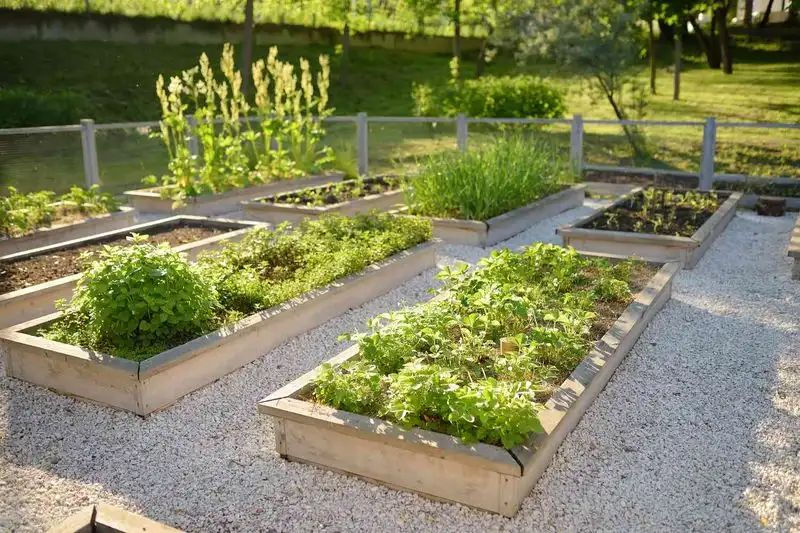
Raised beds offer superior control over soil quality and drainage. By elevating your garden, you enhance accessibility and reduce back strain. The contained environment allows for tailored soil mixes, promoting healthier plants. These beds warm up faster in spring, extending the growing season. They also deter pests like snails and slugs. Raised beds are perfect for small spaces or urban gardens. Building them is straightforward, and they offer a visually pleasing garden structure. Enjoy the benefits of a thriving, manageable garden with raised beds.
Hydroponic Systems

Hydroponics allows you to grow plants without soil. Using nutrient-rich water solutions, plants receive precise nourishment, resulting in faster growth. Ideal for indoor gardening, this method saves space and reduces soil-borne diseases. It’s perfect for leafy greens and herbs. Hydroponic systems can be simple or complex, fitting various budgets and spaces. The water-efficient approach conserves resources, making it environmentally friendly. This innovative method offers a new way to enjoy fresh produce year-round, especially in urban settings.
Clever Composting
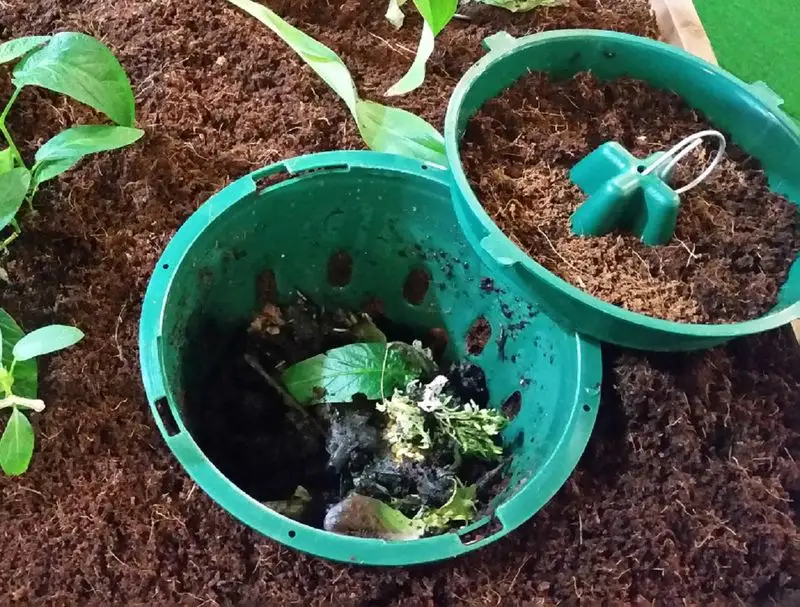
Composting is nature’s recycling process, turning kitchen scraps into valuable soil amendments. A well-maintained compost pile enriches your garden, reducing the need for chemical fertilizers. It’s an eco-friendly approach that reduces waste and supports sustainability. Regular turning aerates the pile, speeding decomposition. Compost provides balanced nutrients, improving soil structure and fertility. Incorporate composting into your routine for a thriving garden without synthetic inputs. It’s a rewarding practice that closes the loop between waste and plant nourishment.
Perennial Planting
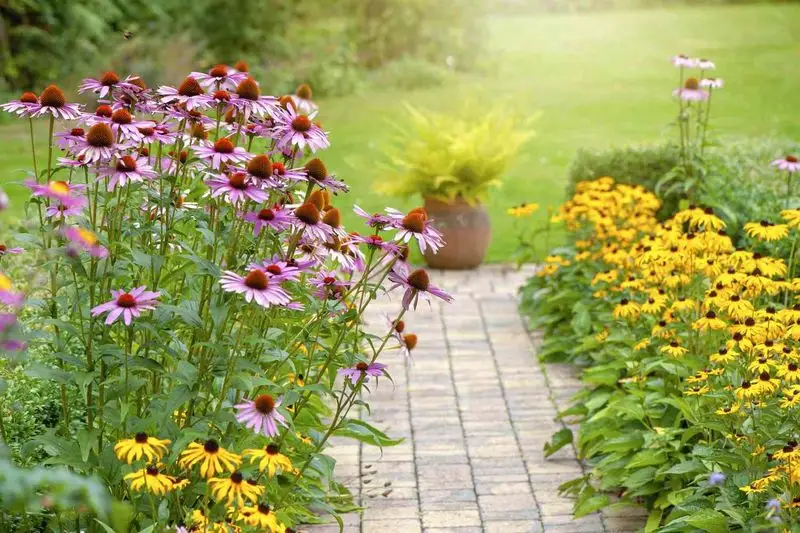
Perennials return year after year, reducing the need for replanting. They establish robust root systems, enhancing soil stability and structure. Once planted, they require minimal maintenance, saving time and effort. Perennials provide consistent beauty and support pollinators with their reliable blooms. Incorporating a mix of perennials into your garden ensures seasonal interest and ecological benefits. These plants often need less water once established, making them a drought-tolerant choice. Enjoy a garden that evolves naturally with the seasons through perennial planting.
Seed Tape Convenience
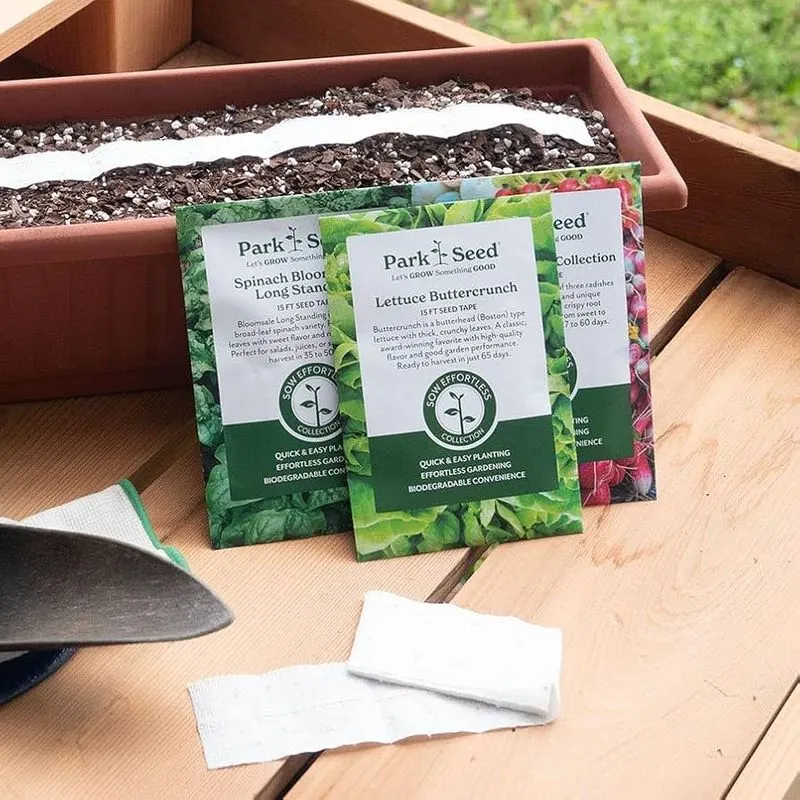
Seed tapes simplify the planting process, ensuring even spacing and reducing thinning time. These pre-spaced seeds are embedded in biodegradable material, making them easy to lay out. Ideal for beginners, seed tapes eliminate guesswork and improve success rates. They’re perfect for small seeds like carrots and radishes. As they dissolve, plants emerge in neat rows, maximizing garden space. This efficient method minimizes wasted seeds and enhances germination rates. Seed tapes offer a hassle-free start to your gardening season.
Crop Rotation Strategy

Practicing crop rotation prevents soil nutrient depletion and reduces pest cycles. By changing plant locations each season, you maintain soil health and disrupt disease patterns. This method enhances soil fertility and improves yields over time. It’s an agricultural principle that translates well into home gardening. Rotate crops like legumes, which enrich the soil, with nutrient-demanding plants. This practice minimizes reliance on chemical fertilizers. Crop rotation promotes a balanced ecosystem, supporting sustainable gardening. It’s a thoughtful strategy for long-term garden success.
Homemade Pest Spray
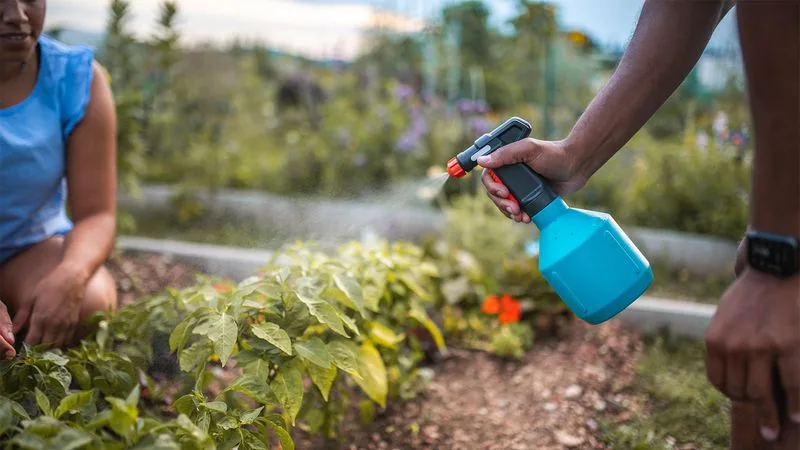
Combat pests naturally with homemade sprays. A simple mix of water, dish soap, and essential oils can deter a wide range of insects. Use ingredients like neem oil or garlic for their potent pest-repelling properties. These sprays are safe for plants and the environment, reducing reliance on synthetic pesticides. Regular application keeps common garden pests at bay, protecting your produce. Homemade sprays are customizable, allowing you to target specific pests. This natural approach promotes a healthier, chemical-free garden ecosystem.
Vertical Gardening

Vertical gardens maximize space, especially in urban areas. By growing plants upward, you create a stunning visual display while conserving ground space. Ideal for herbs, vegetables, and ornamental plants, vertical gardens enhance aesthetic appeal. They improve air quality and insulate buildings, offering environmental benefits. Simple to set up, vertical gardens can be as elaborate or minimalist as desired. They transform small spaces into lush, productive areas. Whether on a balcony or an interior wall, this technique brings nature closer in creative ways.
Planting Calendar
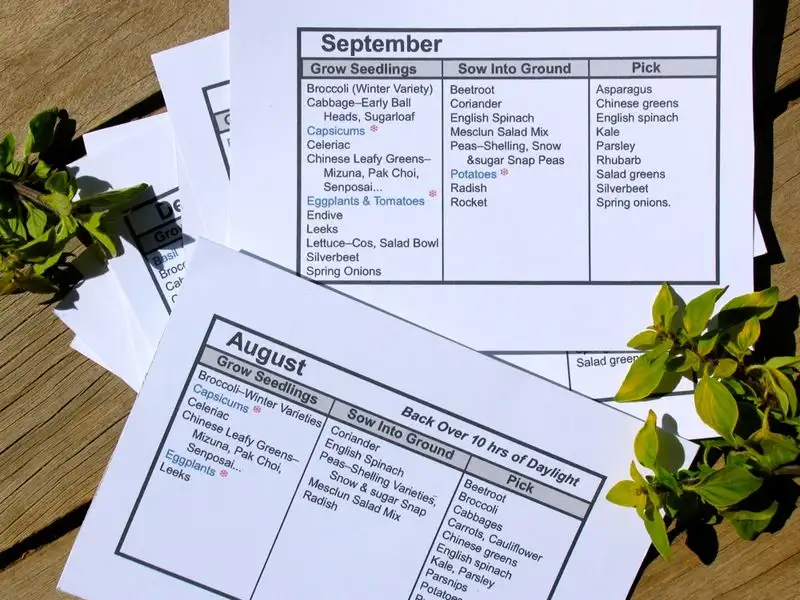
Timing is everything in gardening. A well-planned calendar helps schedule planting and maintenance tasks according to climate and season. It’s a crucial tool for maximizing productivity and ensuring timely harvests. By organizing tasks, you avoid last-minute rushes and enhance plant health. A planting calendar guides you in sowing seeds, transplanting, and harvesting. It reduces stress and improves efficiency, keeping your garden thriving year-round. This proactive approach allows for a more enjoyable and successful gardening experience.
Succession Planting
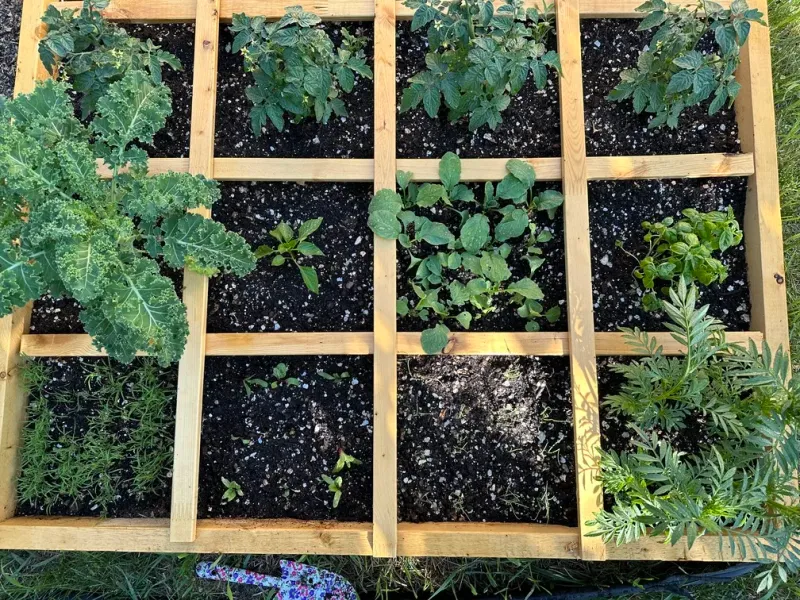
Succession planting ensures a continuous harvest by staggering planting times. As one crop is harvested, another is ready to take its place. This method maximizes garden yield and keeps beds productive. Ideal for fast-growing vegetables like lettuce and radishes, succession planting minimizes downtime. It requires planning but offers rewards in the form of fresh produce throughout the season. This technique efficiently utilizes space and resources, making your garden more resilient. Experience a steady flow of homegrown veggies with succession planting.
Herb Spiral Design
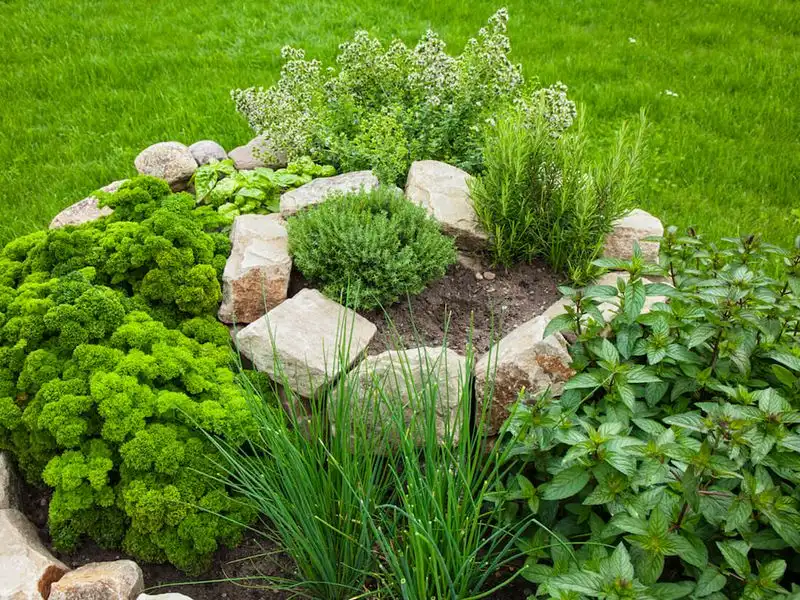
Herb spirals are an innovative way to grow a variety of herbs in limited space. This design creates microclimates, catering to different herb needs. Taller plants at the top enjoy drier conditions, while lower levels retain moisture. An herb spiral maximizes space and allows for diverse planting in a small footprint. It’s a practical yet decorative garden feature that attracts beneficial insects. Whether in a backyard or urban setting, herb spirals add charm and functionality. Enjoy fresh herbs within easy reach with this unique layout.

